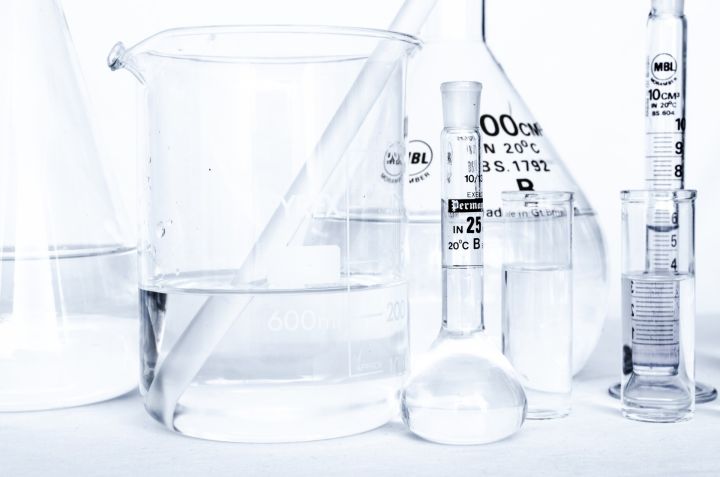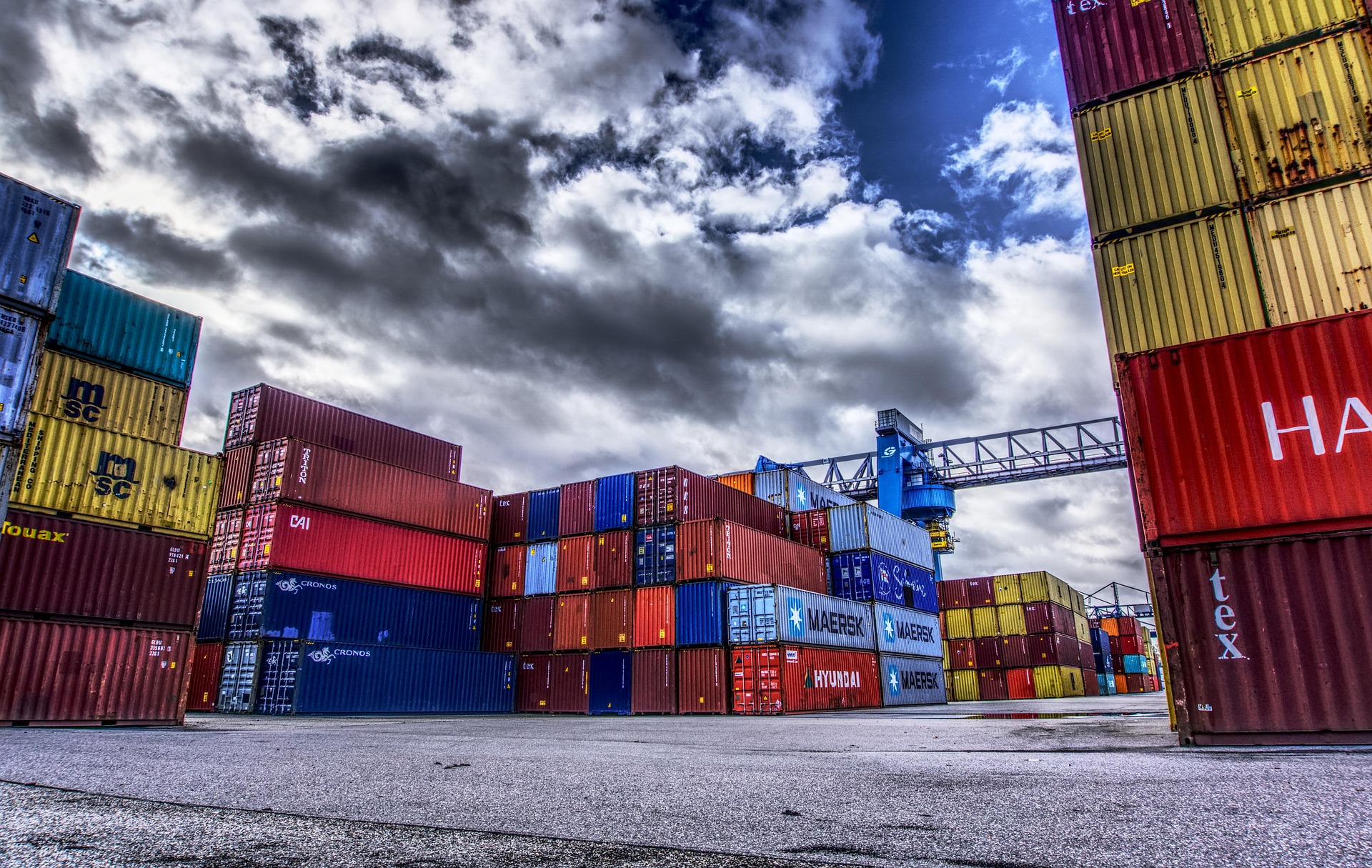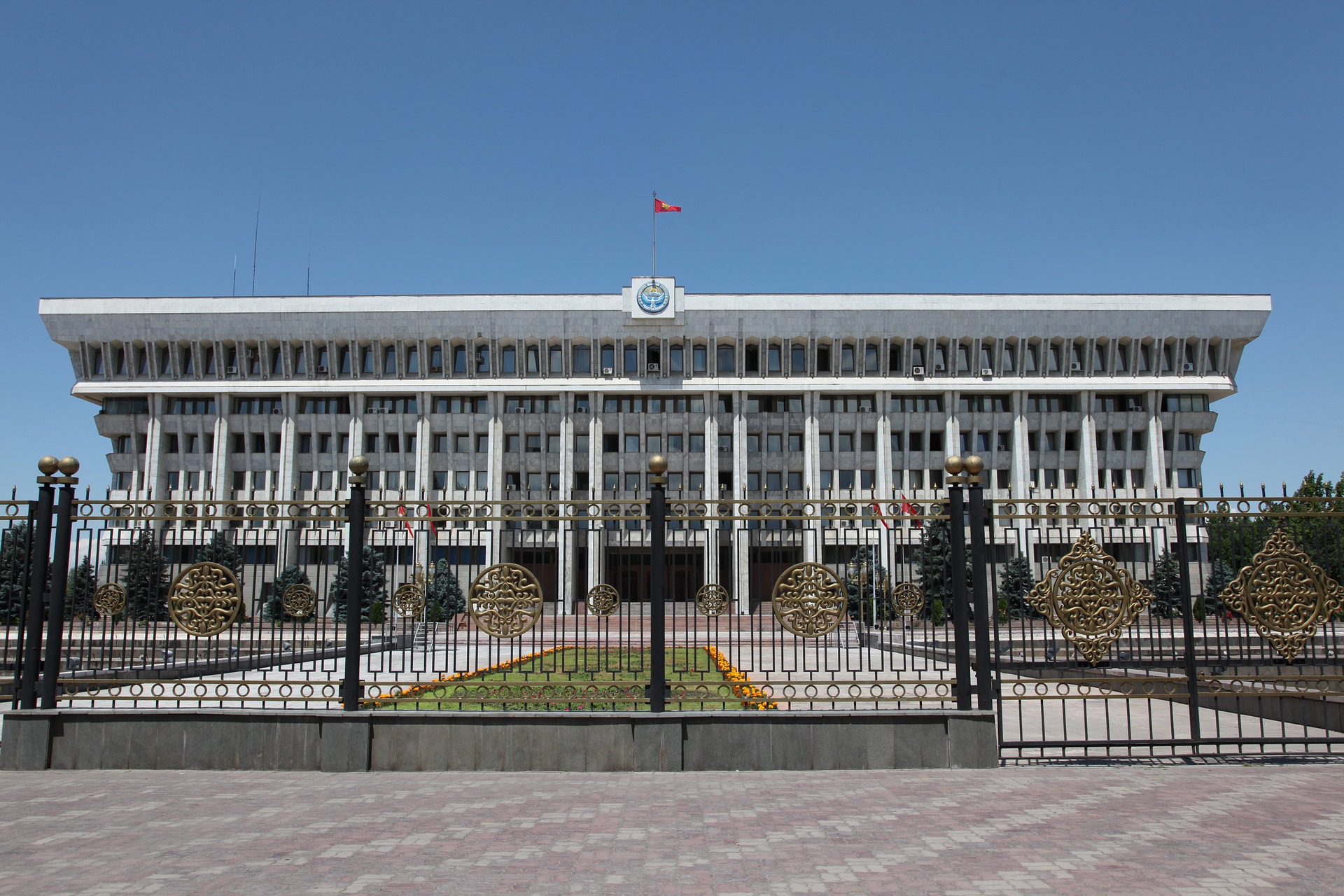
The technical regulations were adopted on March 03, 2017.
In the Eurasian Economic Union, for a long time there were no unified technical regulations for all chemical substances, such as REACH in Europe, so it was necessary to apply several sets of regulations for the various chemical products, such as
- State registration - For a variety of chemical products listed in the Eurasian Economic Commission decision: for example, disinfectants,
Mineral products for use in drinking water supply or for contact with foodstuffs (customs tariff number 3802), Agents for accelerating dyeing or fixing of dyestuffs and other products which find their application in textile, paper, leather industries (customs tariff number 3809), Organic solvents and diluents (customs tariff number 3814 00)
Antifreeze, chemical products from group 3824. - EAC Conformity Procedures - A number of technical regulations have been adopted in the EAWU, which are decisive for some chemical products:
The aim of TR EAWU 041/201 is to establish uniform mandatory requirements for chemical products applicable within the EAWU.
In the current version of the technical regulation, it is established that all chemical products, except for the products included in the list in Annex No. 1, are covered by the technical regulation TR EAWU 041/2017.
- Organic synthesis products
- Acid, salts and bases
- Inorganic synthesis products
- Substances for the production of plastics, rubber, polymers, synthetic fibers
- Agricultural products - pesticides, herbicides
- Paints
- Household chemistry
- Other chemical products
Excluded are the products listed in Annex 1:
- Chemical products for scientific purposes
- Mineral resources
- Medicines
- Perfumery and cosmetic products
- Chemical substances with ionizing radiation
- Food products
When will TR EAWU 041/2017 enter into force?
The original date for the entry into force of TR EAWU 041/2017 was June 2, 2021.
However, according to the Decision No. 19 of the Council of the Eurasian Economic Commission, before the entry into force it was necessary to adopt a number of "second-level documents", without which the procedures established in the Rulebook cannot function, namely:
- the procedure for the formation and maintenance of the Register of Chemical Substances and Mixtures of the EAEU;
- the procedure for notification of new chemical substances.
A new date for the entry into force of the regulation has been set: December 30, 2023, provided that the second level documents are adopted in time. These documents have not yet entered into force, so the exact date of entry into force of TR EAWU 041/2017 is still open. It therefore remains to be seen until all discrepancies preventing approval of the documents have been resolved.
EAWU Single Register for Chemical Substances and Mixtures
One of the most important steps for the entry into force of TR EAEU 041/2017 is the creation of a Single Register for chemical substances and mixtures of the EAEU. In the register should consist of the national parts and contain the information on the properties of chemical substances and mixtures and their prohibition or restriction on the territory of the EAEU.
National parts of the register were formed by the inventory procedure, which has already been completed.
The inventory was carried out for all chemical substances (including mixtures) that are in circulation on the territory of the respective member state or are planned to be in circulation in the future. Within the framework of the inventory, any legal entity or individual entrepreneur may submit information on the identification of chemical substances (contained in chemical products in a concentration of more than 0.1%) and the results of hazard classification in the form of a single submission.
In the Russian Federation, this procedure was carried out from May 2019 to December 2020. As a result, a unified database of chemicals was created and included in the information system of the Ministry of Industry and Trade. The information obtained from the authorized bodies of the EAEU countries is then forwarded to the Eurasian Economic Commission to create a Unified Register.
Inclusion of a chemical substance or mixture in the register allows it to be declared as already "present". After the entry into force of TR EAWU 041/2017, those chemical substances that are not included in the register will be considered "new" and will have to go through a notification procedure - notification.
What is an inventory procedure?
The inventory procedure for chemical substances was a voluntary procedure whereby a company had the right to submit information on chemical substances for inclusion in the register and thus declare them as "present" in the customs territory of the Union. After the entry into force of TR EAWU 041/2017, all chemical substances for which there is no information in the register are considered "new" to the customs territory of the Union and must undergo a notification procedure before being placed on the market - notification. Notification is a comprehensive study of the hazardous properties of the chemical and a risk analysis of the impact on human health and the environment with the completion of the Chemical Safety Report.
What to do if the manufacturer missed the inventory procedure?
Companies that did not participate in the inventory procedure for various reasons can check the national register to see if the chemical was registered by another manufacturer. The Russian register includes about 80,000 substances and mixtures. The best way to search is by CAS number or name (synonyms). If your substances are on the list, no further action is required.
If there is no information on these substances, it is recommended to wait for the Union Single Register. It may happen that the substance has been registered in the national register of another member state of the Eurasian Economic Union.
If a substance is not listed in the Union Single Register, companies can use another option. According to the draft decision of the Council of the Eurasian Economic Commission, manufacturers may submit information on a chemical substance for inclusion in the register without a notification procedure within two years after the entry into force of TR EAWU 041/2017, if they can prove that the notified chemical substances were in circulation on the Union market before the entry into force of TR EAWU 041/2017. The evidence may be a supply contract (purchase and sale contract), a waybill, information on the presence of the chemical substance in the national register of chemical products of the Member State, etc. This mechanism will be specified after the publication of the Single Register of Chemicals.







